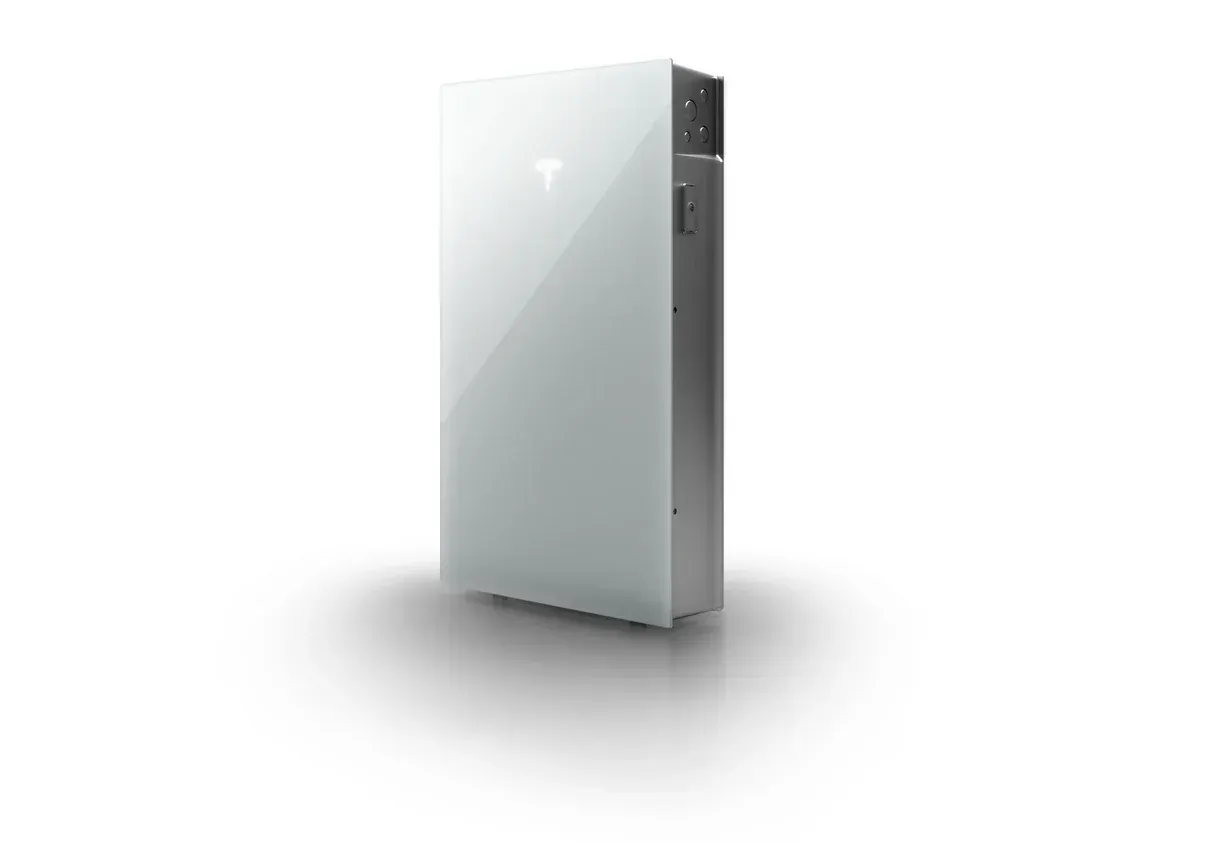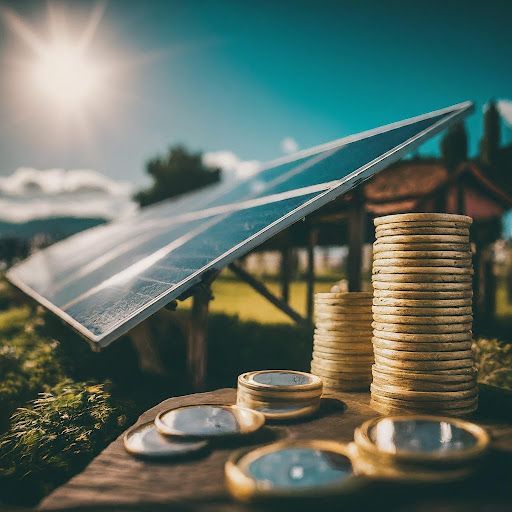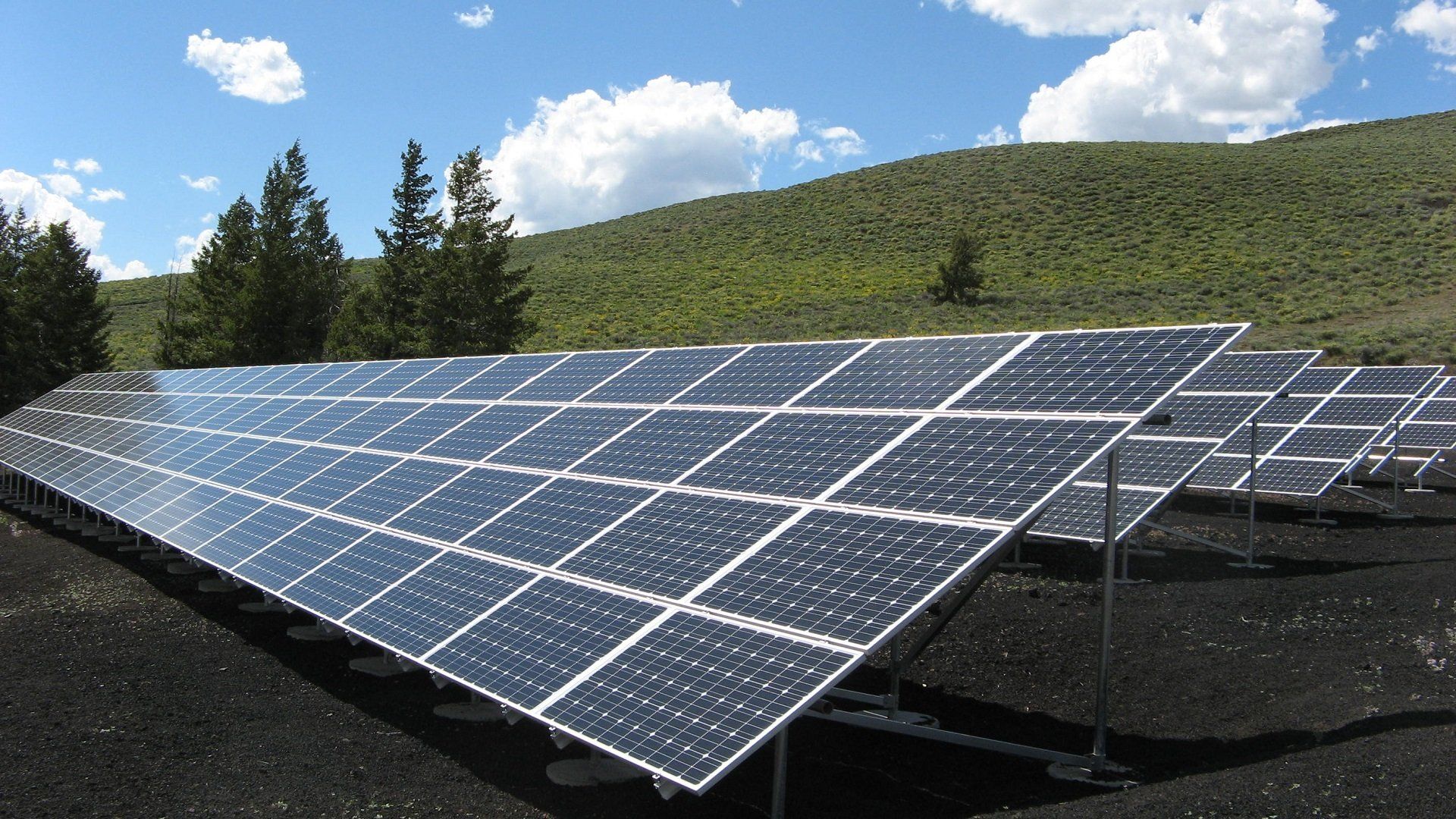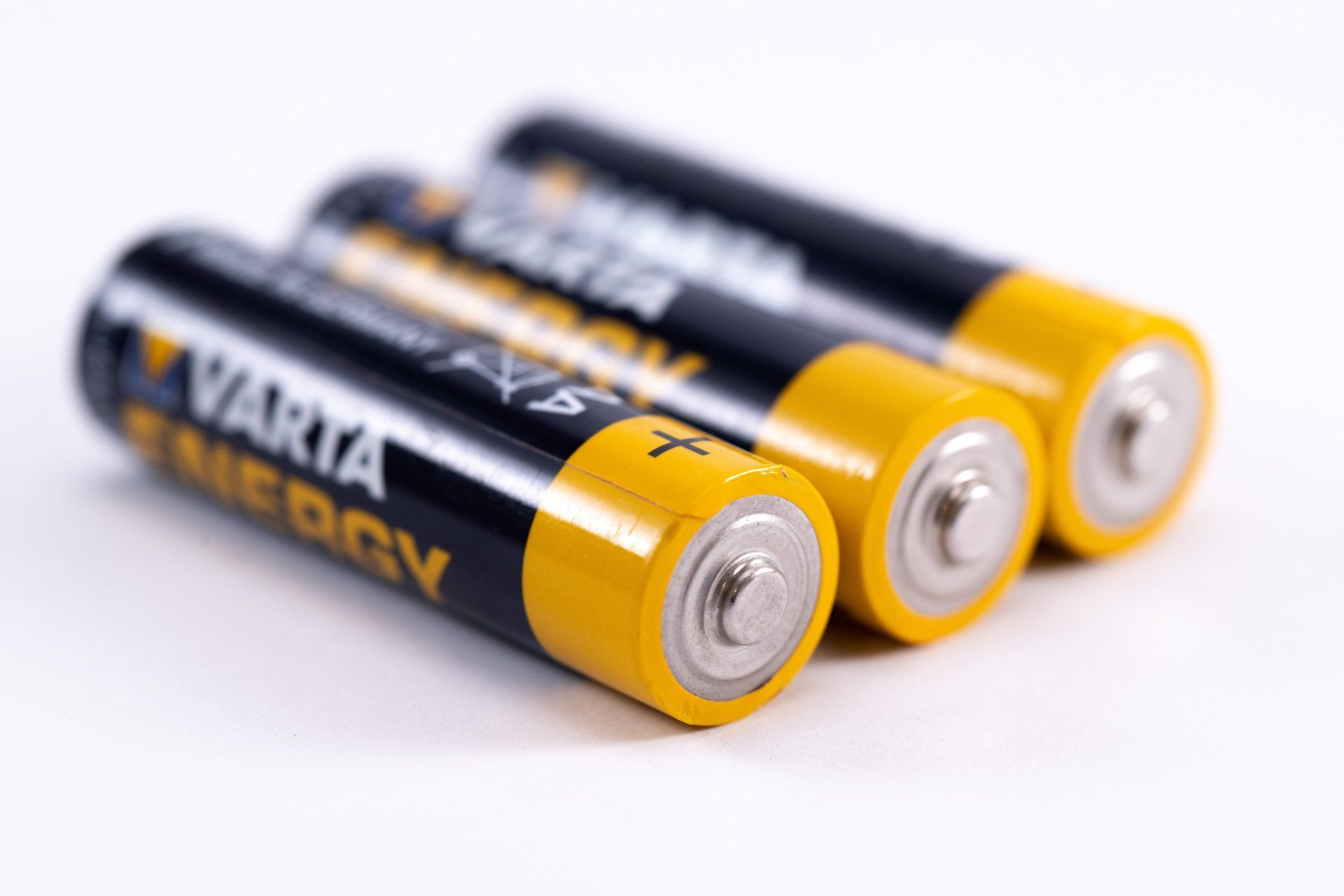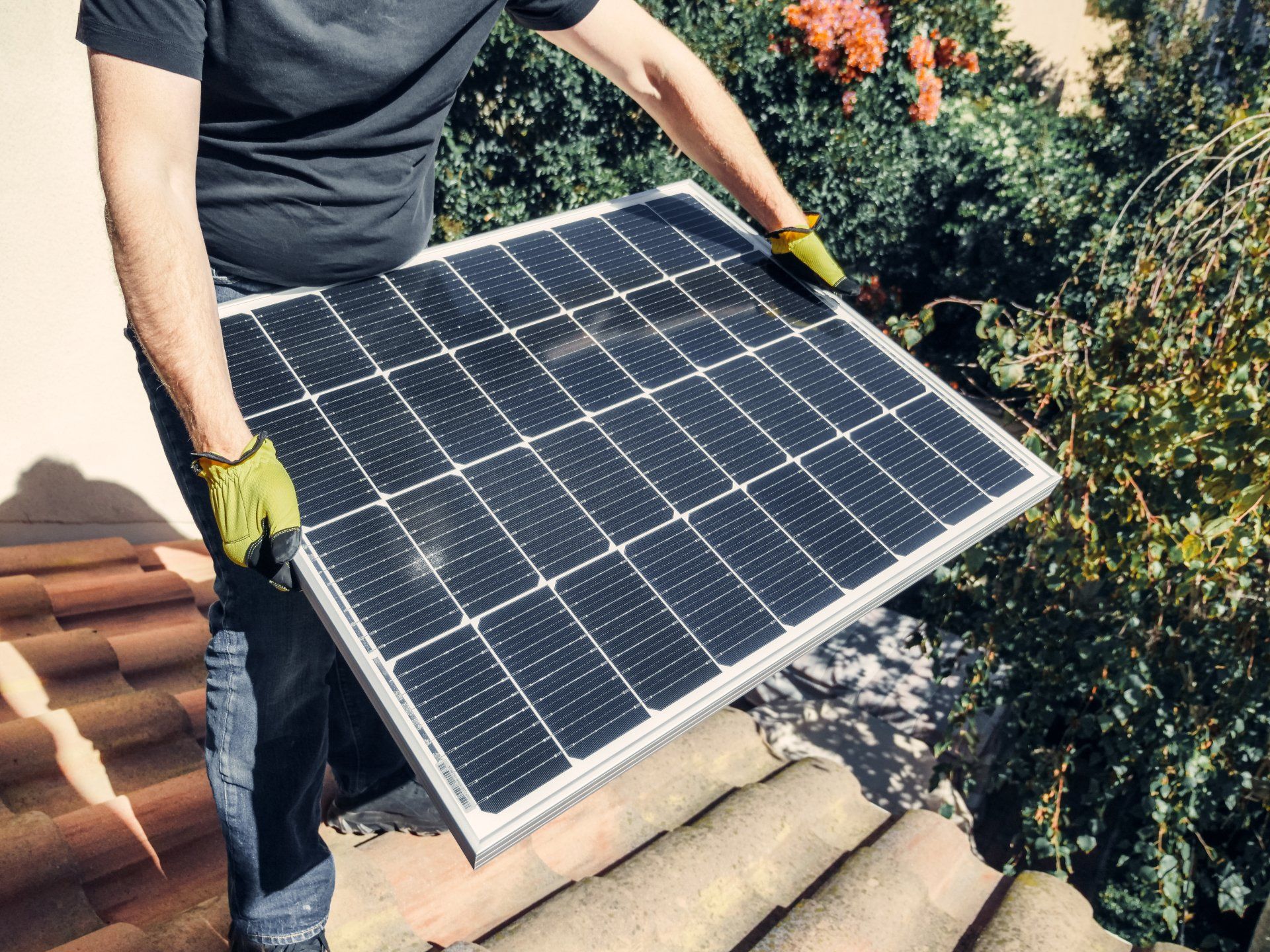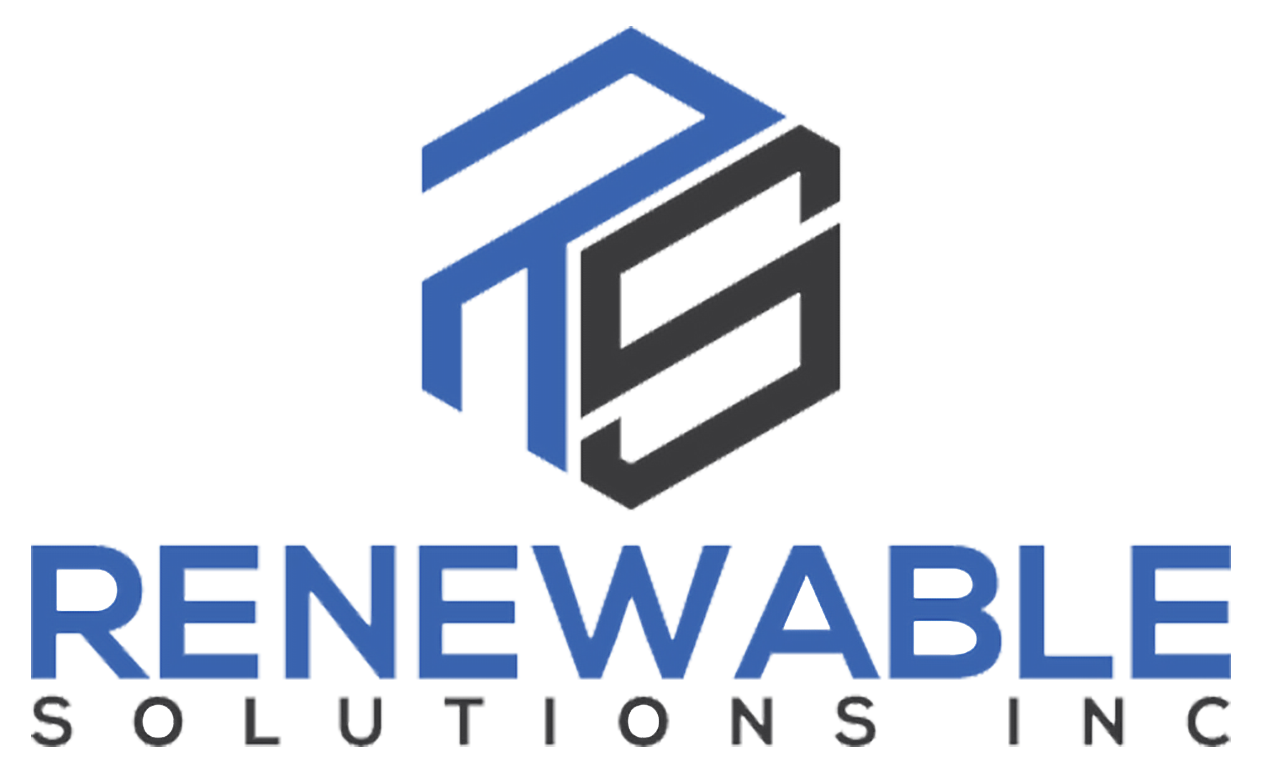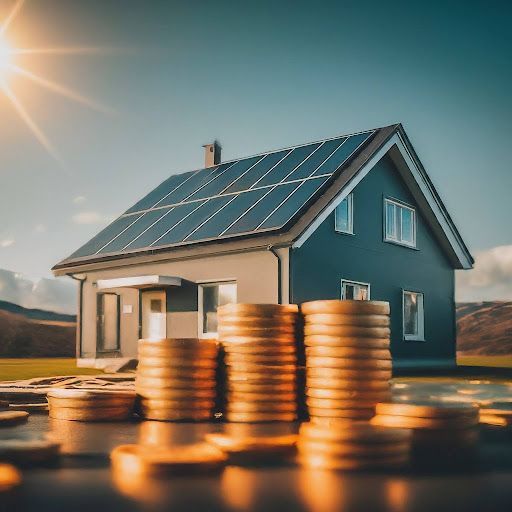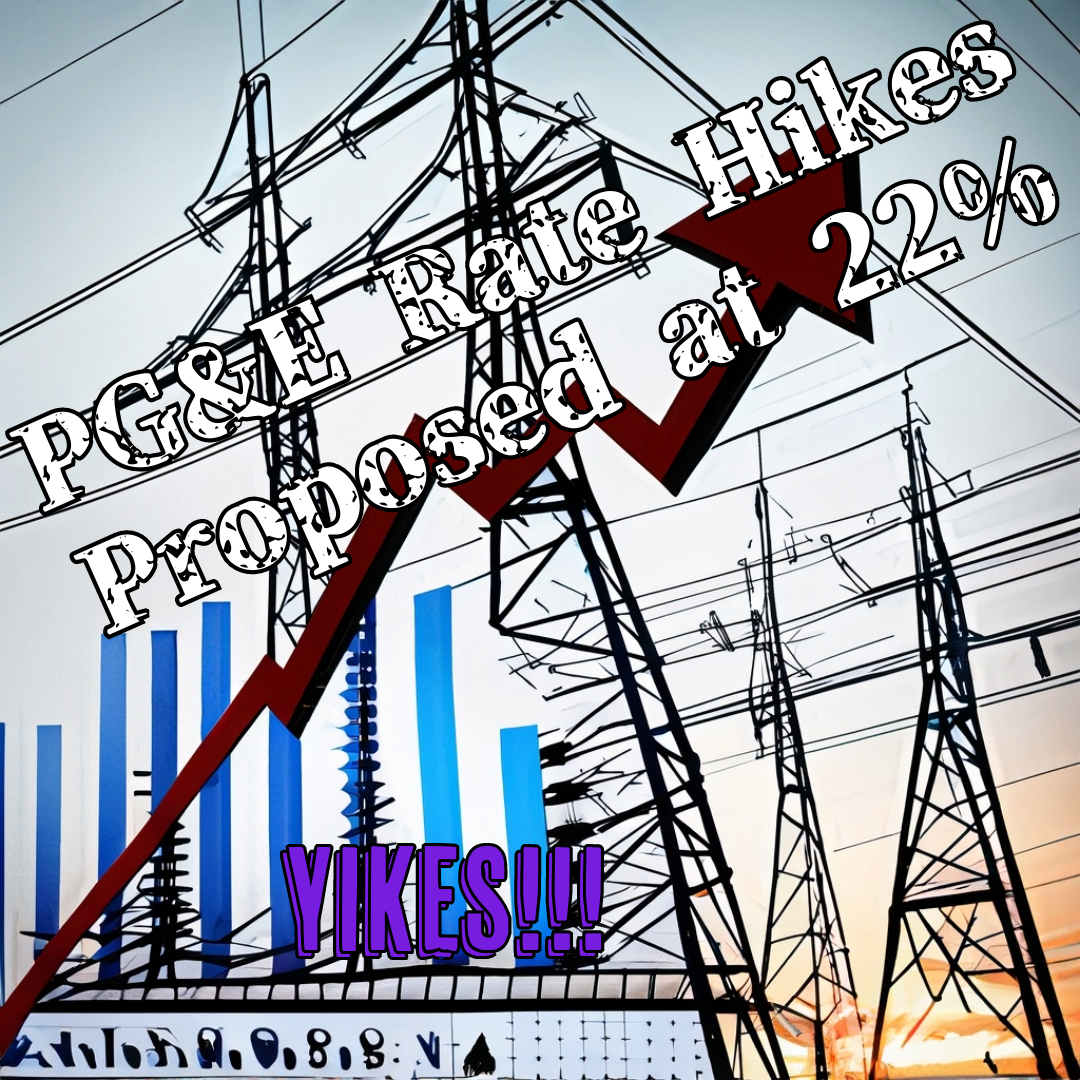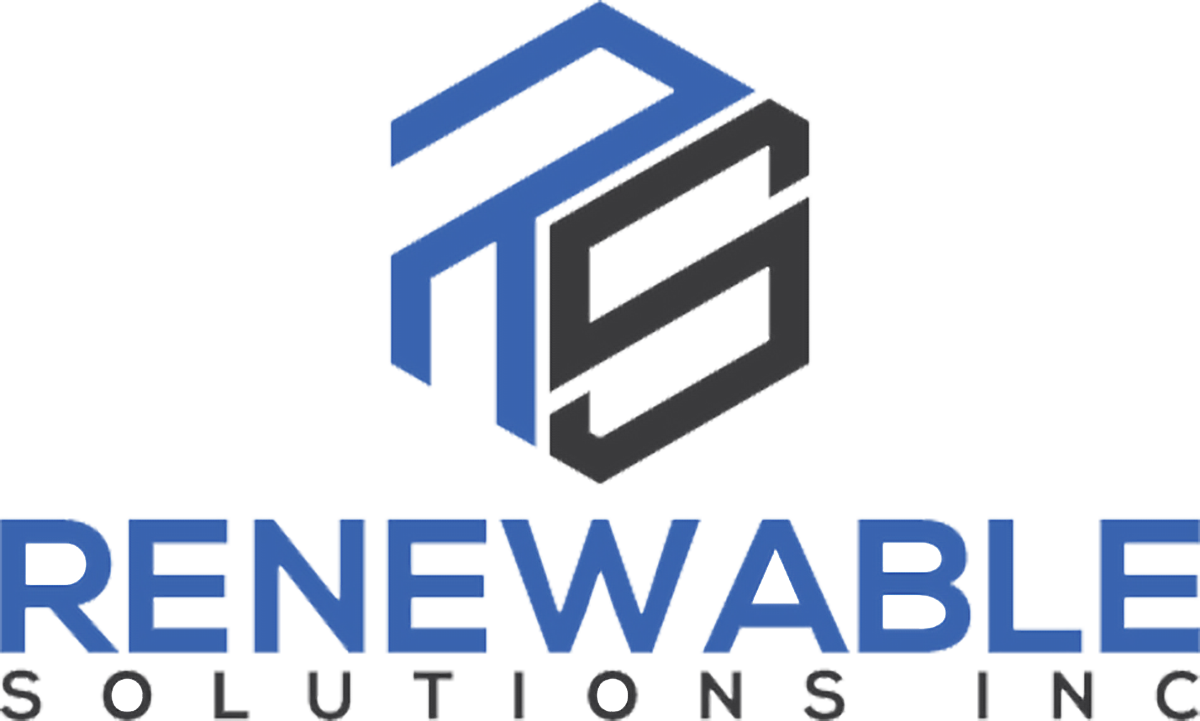California Residents and the Self-Generation Incentive Program (SGIP)
Share:
There is a limited funding amount available for qualified homeowners wanting to take advantage of installing solar battery technology in their homes!
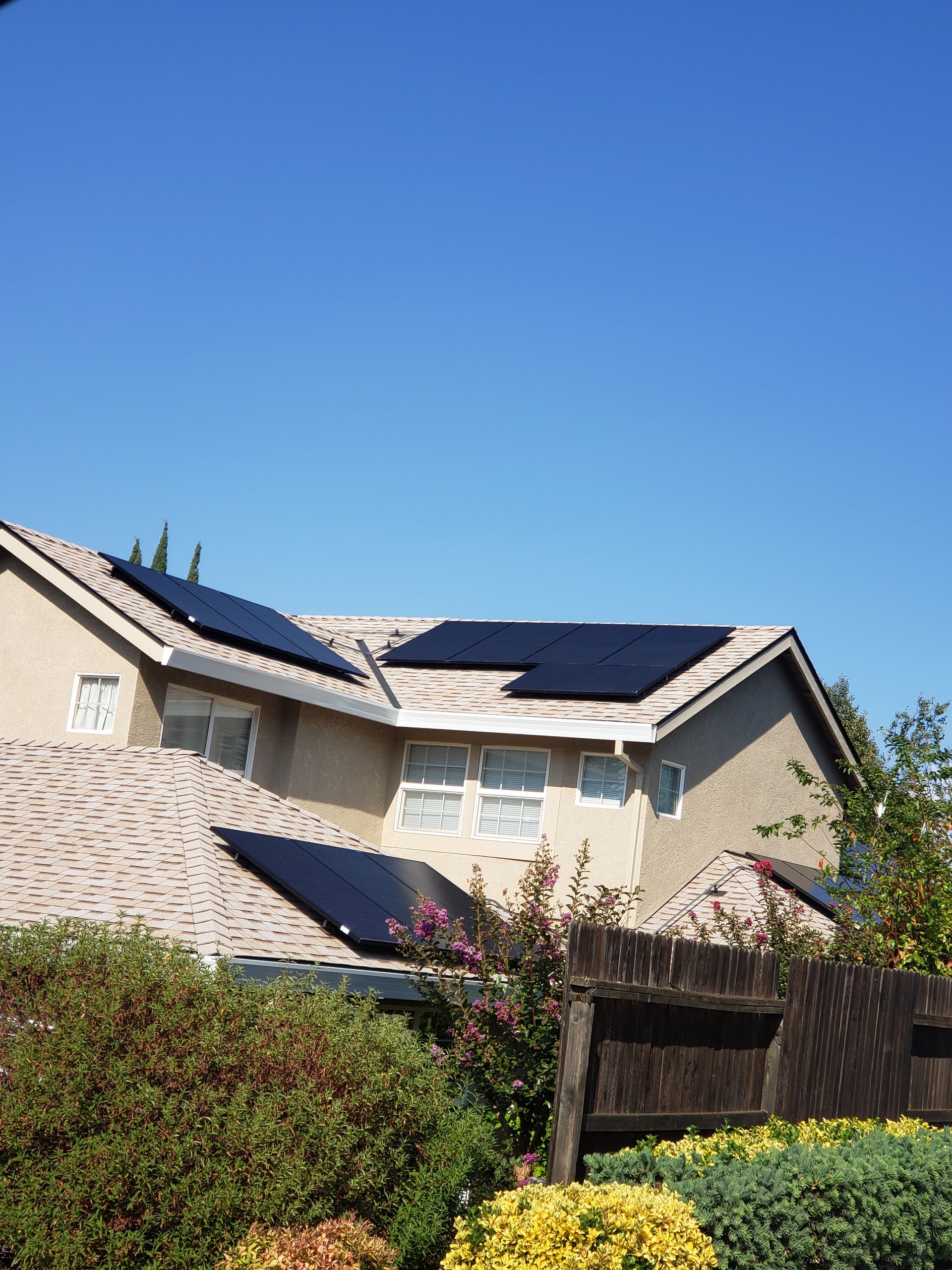
Update: As of November 2023, funding for this program has been paused due to the wait list of sign ups.
Follow us for updates or changes that may affect availability.
Let's start off by covering just what is SGIP?
The Self-Generation Incentive Program (SGIP) is a California Public Utilities Commission (CPUC) program that offers rebates for installing energy storage technology in your home. These storage technologies include battery storage systems that can function in the event of a power outage.
Why would you need energy storage for your home?
• If you already have solar panels on your roof, you can store excess solar energy and use it when the sun is not out.
• Even if you do not have solar panels, this technology allows you to store energy from the electric grid and utilize that power in the event of a power outage. Depending on the battery and how much you are using it, this could last several hours, or longer.
• Battery storage can be an important component of a more robust emergency preparedness plan in the event of a power outage.
How do you know if you are eligible for SGIP rebates?
Any residential customer of Pacific Gas and Electric Company (PG&E), Southern California Edison (SCE), Southern California Gas Company (SoCalGas), or San Diego Gas & Electric (SDG&E) is eligible for a General Market SGIP rebate of approximately $250/kilowatt-hour, which means the rebate covers approximately 25 percent of the cost of an average energy storage system. In addition to this General Market rebate, there are two additional categories of higher SGIP rebates for residential customers: Equity and Equity Resiliency.
What is the EQUITY Rebate and EQUITY RESILIENCY Rebate Rate?
There are two options:
Equity Rebate: $850/kilowatt-hour Rebate Rate: Rebate covers approximately 85 percent of the cost of an average energy storage system.
To qualify you must meet one of the following criteria:
- You live in a single-family home and your home is subject to resale restrictions.
- You live in a single-family home and have already participated in or have reserved incentives in the Single-family Affordable Solar Homes (SASH; https://bit.ly/2wtyJQh) or Disadvantaged Communities –Single-family Solar Homes (DAC-SASH) (https://bit.ly/2wZZVXc) program.
- You live in an apartment that is considered low income housing and includes at least five rental units, and you must either be located in a Disadvantaged Community (DAC)* or at least 80 percent of the apartment building residents have incomes at or below 60 percent Area Median Income.
- You live in an apartment and your property has already participated in the Solar on Multifamily Affordable Housing (SOMAH; https://bit.ly/32L88dT) Program or the Multifamily Affordable Solar Housing (MASH; https://bit.ly/2TkIdqk) Program
- You live anywhere in California Indian Country.
2- Equity Resiliency Rebate: $1,000/kilowatt-hour Rebate: Rebate covers close to 100 percent of the cost of an average energy storage system
To qualify you must meet all of the following criteria:
- You have experienced two or more utility Public Safety Power Shut-offs (PSPSs) OR live in a Tier 2 or 3 High Fire Threat District (HFTD)
AND one of the following additional criteria
- You live in multifamily deed-restricted housing or a single-family home subject to resale restrictions.
- You are currently enrolled in a utility Medical Baseline Program: https://consumers.cpuc.ca.gov/ medicalbaseline.
- You have notified your utility of serious illness and/or life-threatening condition
- You have received or reserved other solar-related incentives (including SASH, DAC-SASH, MASH, or SOMAH programs)
- Your home relies on electric pump wells for water
What is the maximum amount of rebate a homeowner is eligible for?
$26,400 is the maximum amount for any particular program.
What do you need to do to qualify for this program?
The best thing to do is
contact a qualified installer, such as Renewable Solutions Inc., and discuss with them your interest in the rebate programs. Your installer will ask you questions regarding your situation and then should be able to discover if you qualify for the program before they commit you into any actions.
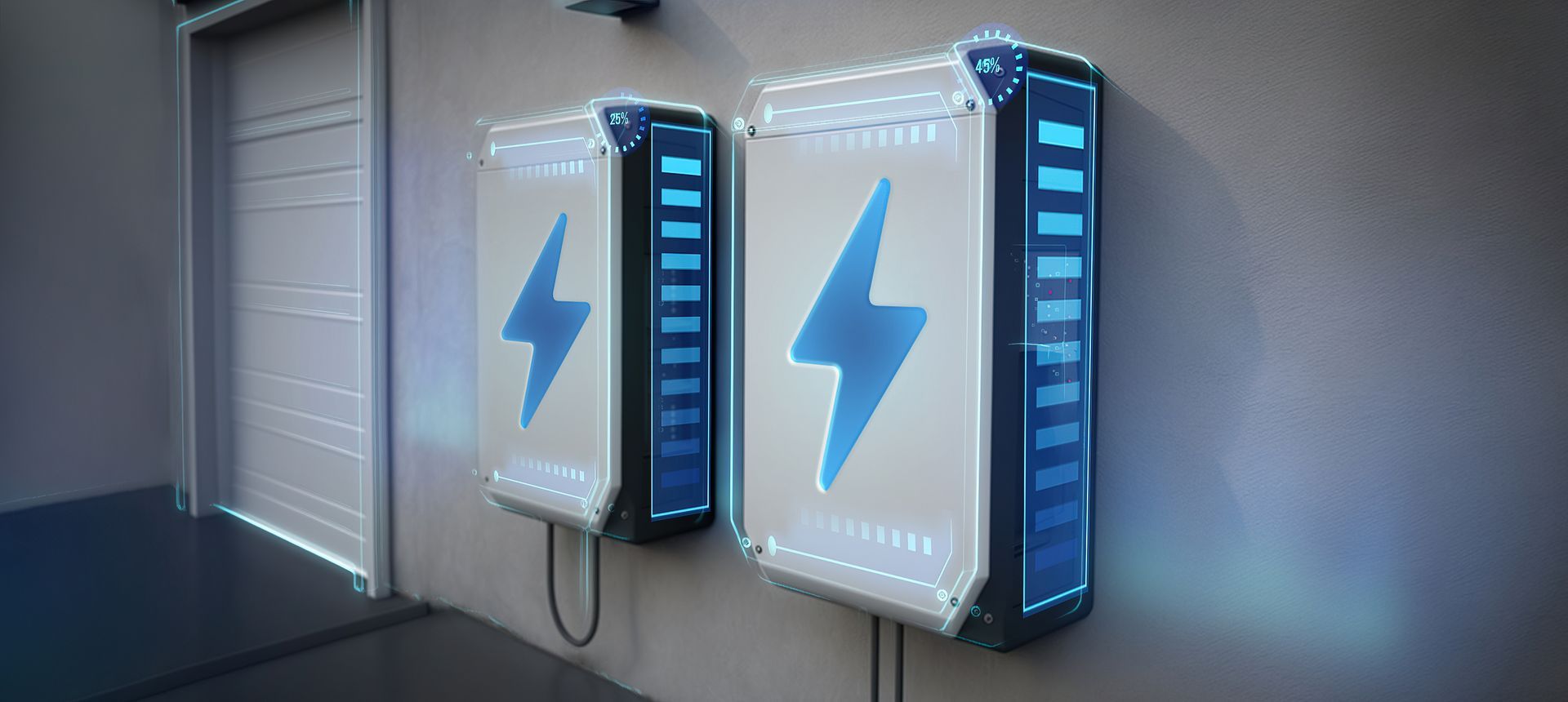
The Good Earthling
